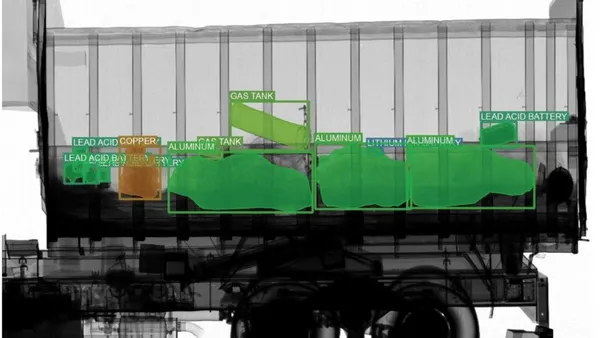Dive Brief:
- Payatas was a mountain of trash in northern Manila that collapsed in 2000. Later that year, due to the number of deaths caused by that garbage avalanche, legislation shut down the dump site and passed the Ecological Solid Waste Management Act to regulate landfills and reduce trash volume.
- The law requires that half of all waste be diverted. The waste diversion rate will increase every few years until it reaches 93%. It is difficult to enforce regulations due to vested interests, governmental corruption, and the poverty of the communities who use the dumps to collect items for income.
- San Fernando City, an hour from Manila, is bucking the trend. A majority of waste generated here is recycled or composted. Estimates put composting and recycled waste rates at approximately 50%.
Dive Insight:
The slum of Bararangay Fort Bonifacio is the only community in compliance with the law in Metro Manila. 80% of waste generated in this area is recycled or composted. The president of the zero waste advocate group Mother Earth Foundation, Froilan Grate, said that the goal is for a zero-waste Manila, but this won't be possible "until all garbage has value." He said if the laws were enforced, there would be a thousand MRFs, with gardens and composting, and there would be 10,000 eco-aides employed to pick up trash.













